Before I begin, please note that this is what I would definitely consider a "hack." I did not do any balancing on the circuit, your mileage may vary doing the same project. I was not too concerned about the supply or the end device being destroyed in the process.
I started with a USB style car charger (sorry I will post some pictures of the original later), it is a basic 12v to 5v power adapter. The reason that I am using this was that it was free. I get these at work all the time when vendors come in with a bunch of SWAG. This type of adapter is usually using a buck converter because they are simple, efficient, and most of all cheap.
After pulling the adapter apart, here is the "top" side:
And the "bottom" side:
Using a good flashlight you can identify the components pretty easily:
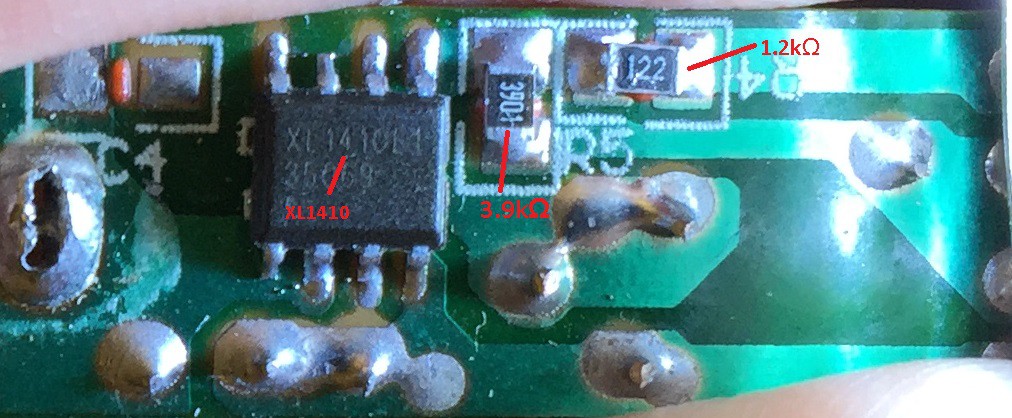
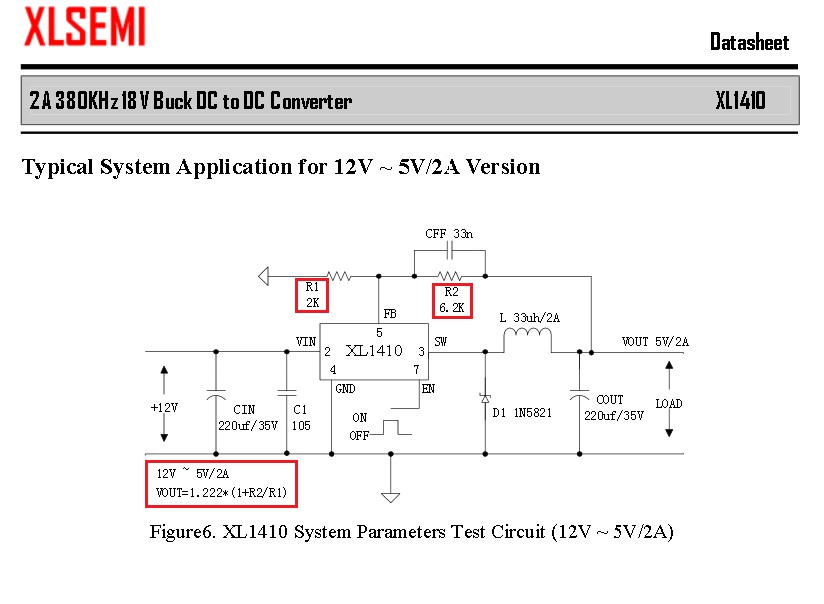
I matched up the schematic and the board and found that R1 on the schematic corresponds to R4 and R2 corresponds to R5. The designer used a value of 1.2kΩ for R1 and a value of 3.9kΩ for R2. The datasheet mentions using a value of 2kΩ at 1% for stability, but I am guessing the designer was a little more concerned on making them as cheap as possible considering they were cheap enough to give them away by the handfuls at a sales event. The formula for for finding the values of the resistors based on the voltage is the following:
So to mathematically confirm what the multimeter can already tell you:
So to change the voltage from 5v to 3.3v you have two options, or more if you are a masochist. You can replace the resistor R1 or replace R2. If we try changing R1 we will have the following equation to solve:
Solving this equation for R1 will give you a value of approximately 6.6kΩ which is way outside the recommendation for R1, and probably difficult to find anyway. Solving for R2 on the other hand will give you the following:
Which solves out to be approximately 2kΩ, which should be much easier to find. In fact the first board I pulled out of my junk box had a value of 2.2kΩ:
So we can solve the equation for this value in place of the original R2 value:
3.462 volts is as close as I need to be for this project. Using a solder sucker and a steady hand made removing the donor and the original resistors easy.
Re-tin the solder pads to make replacing the small resistor easier. Using a little solder flux and a pair of tweezers to hold it down helps too. Here is the finished product.
I then added a 12v supply to where the original contacts were, and tested the Vout on my multimeter.
The multimeter shows an output of 3.435v. I thought this was excellent especially considering that the formula gave me 3.462v which is only a difference of only .027v, or less than 1%. The next step for me will be removing the USB output header, and circuitry on the output side of the board. Then I will do a little load testing on the board with an ESP8266 to make sure the voltage stays where I want it.
Sure, this is probably not the most accurate or balanced way to do this, but for my needs and the cost it should do what I want. Probably not much different than purchasing a cheap output supply board, plus gave me a little practice and was fun to figure it all out.
 Zach Scheidegger
Zach Scheidegger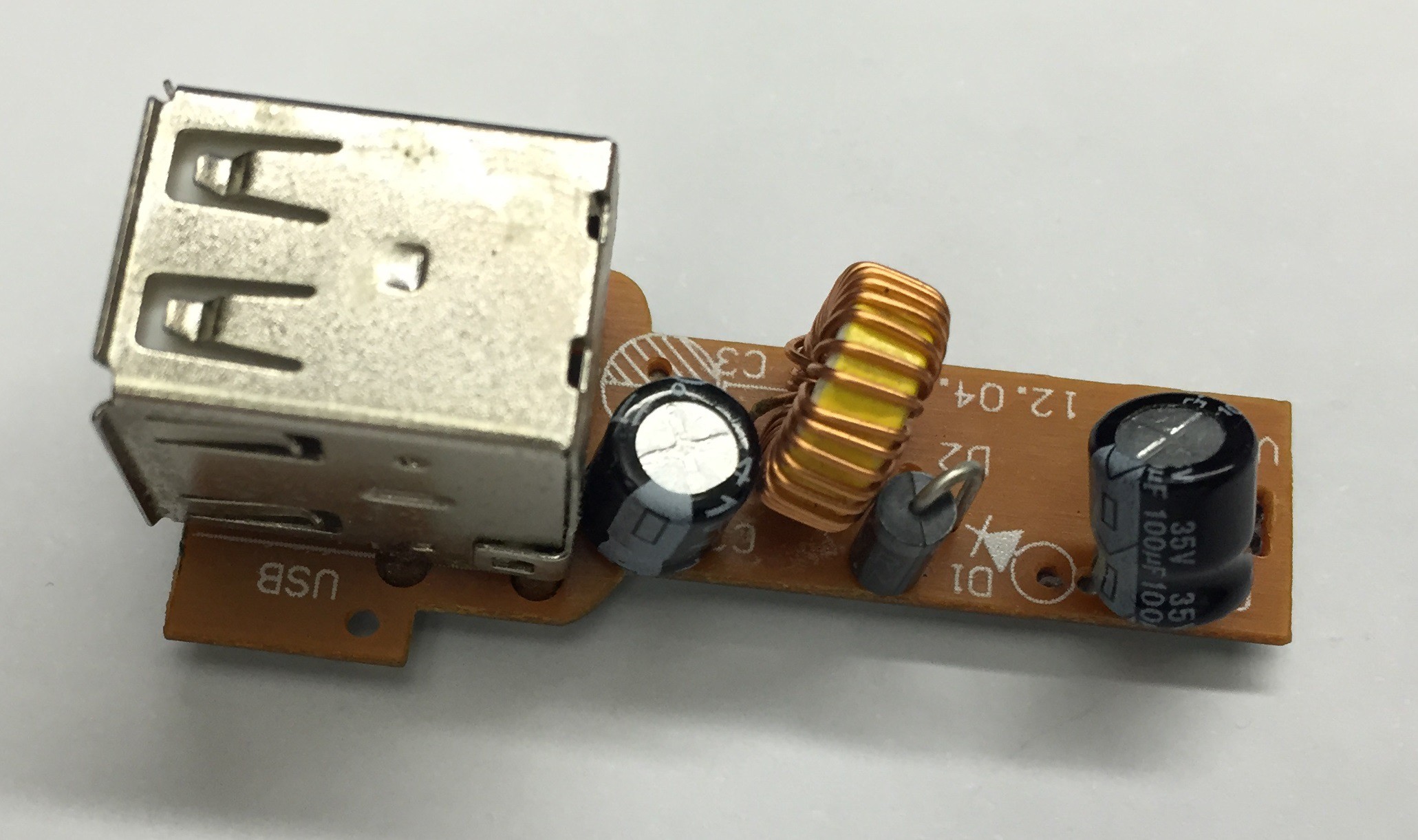
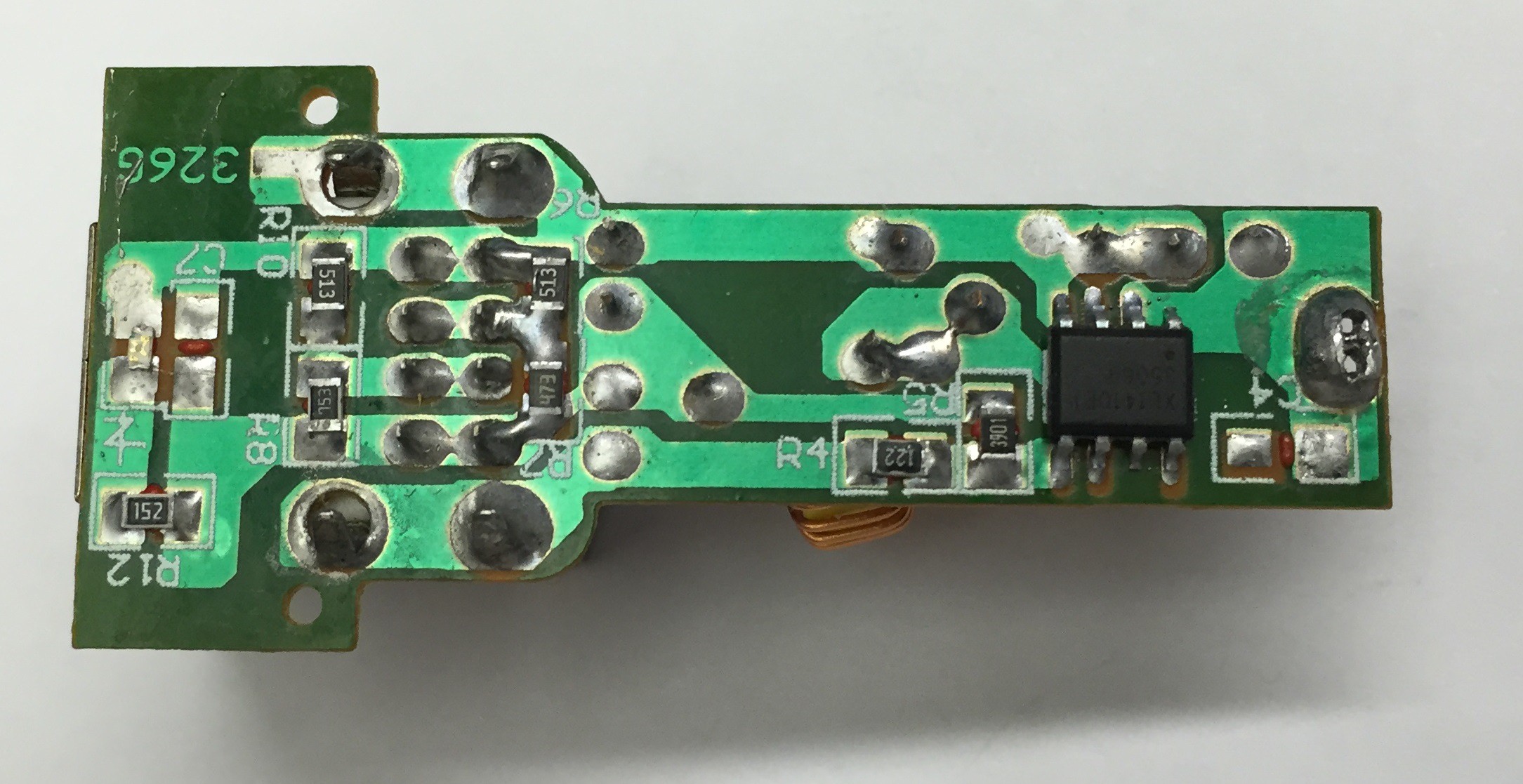
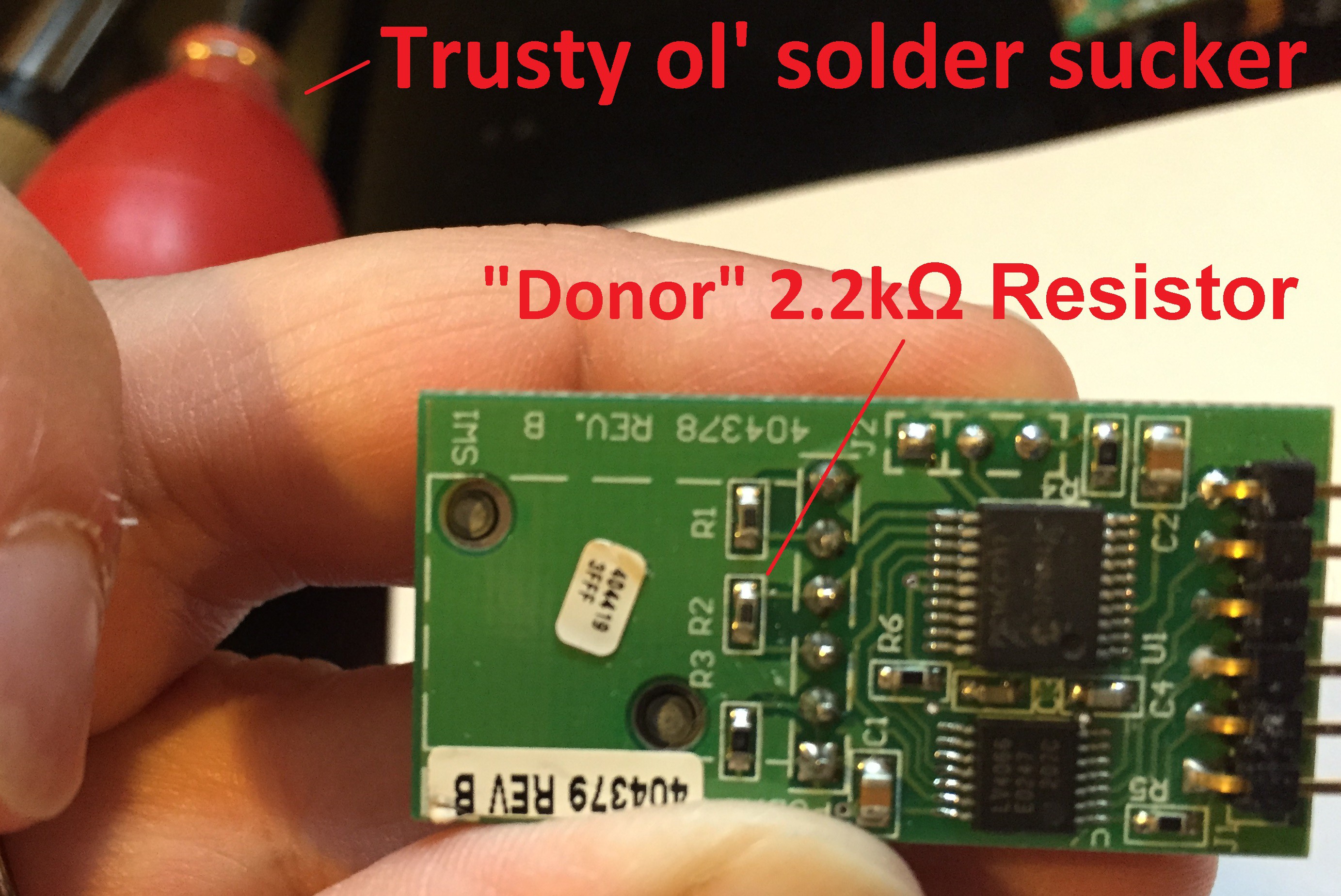


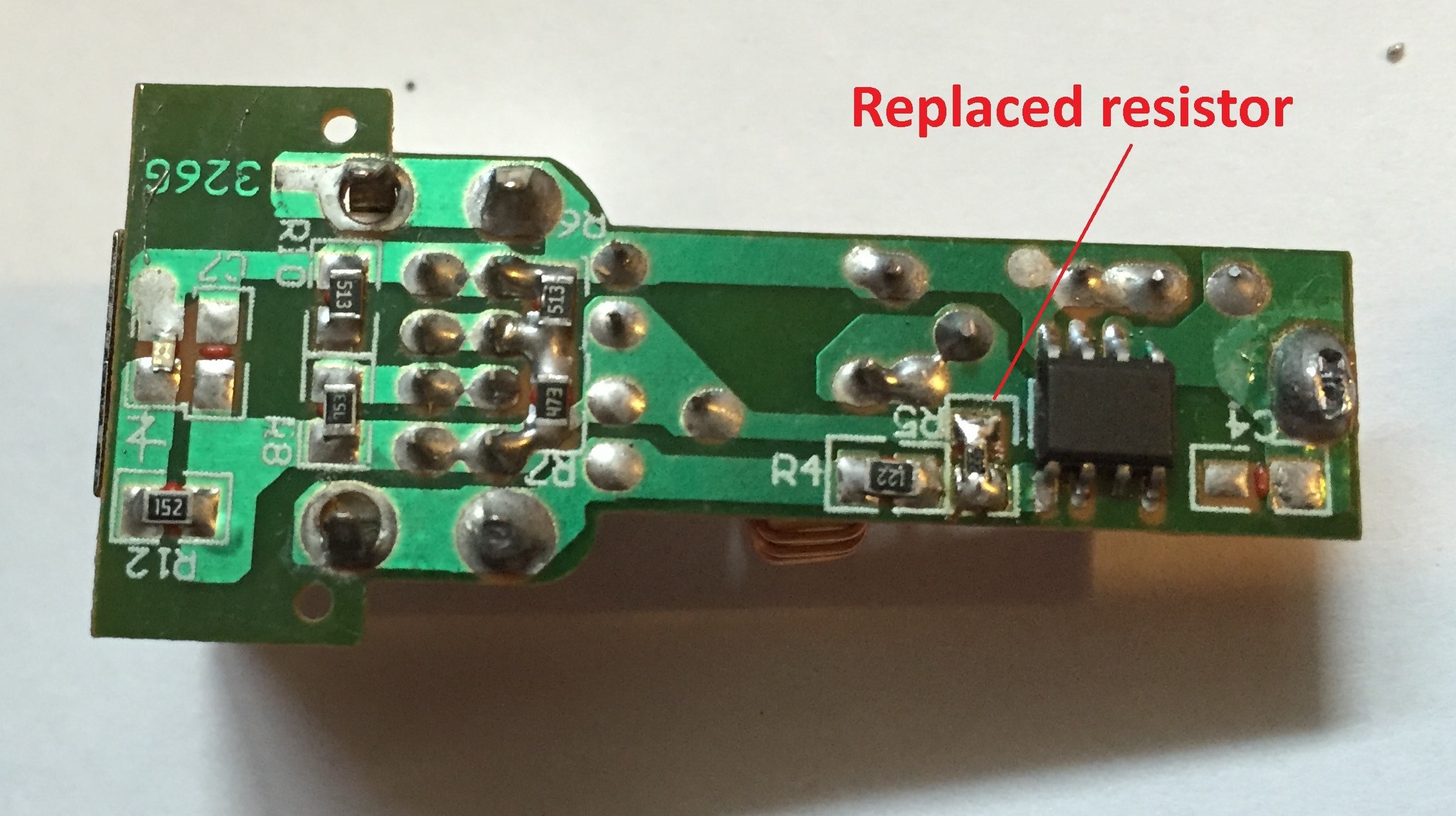
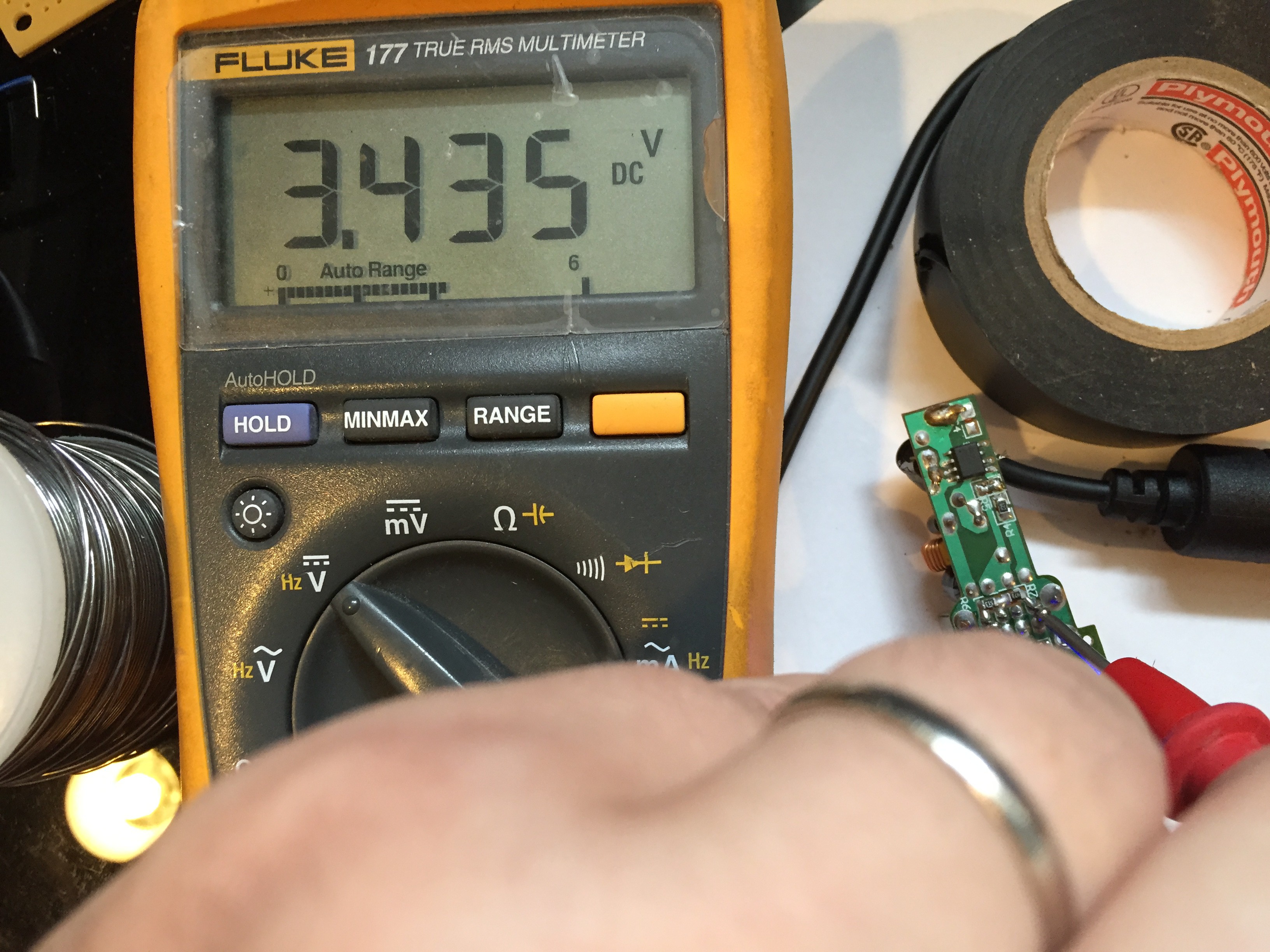


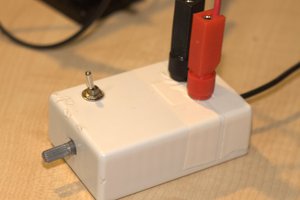
 J3TTBlack88
J3TTBlack88
 Justin Scott
Justin Scott
 Muhammed Esad Işık
Muhammed Esad Işık
 Savo
Savo
On the datasheet there's an example: Typical System Application for 12V ~ 3.3V/2A using R1=2K and R2=3.4K.
Why didn't you go for these values instead?